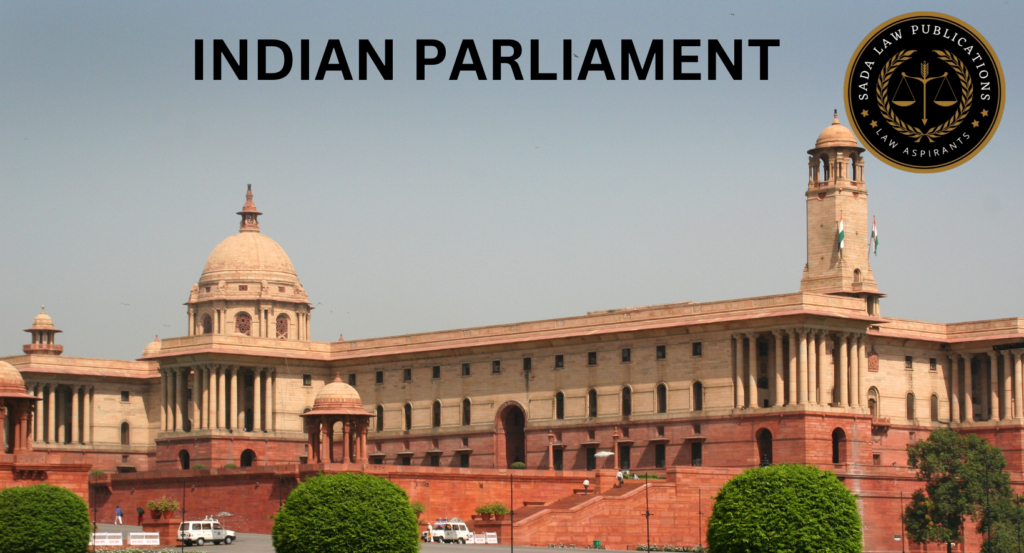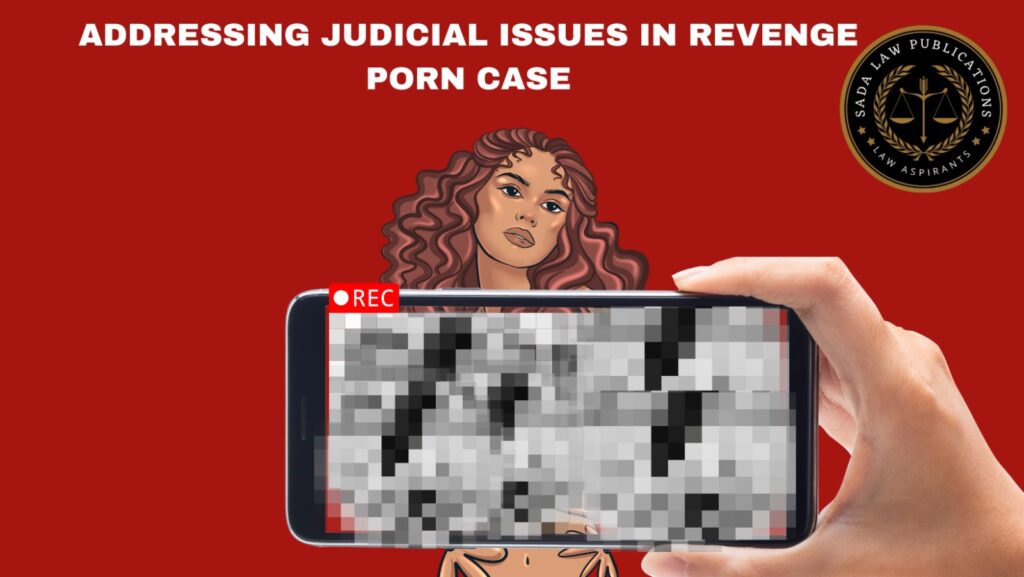Indian Parliament
Trending Today Indian Parliament Addressing Judicial Issues in Revenge Porn Cases Triviality section 95 INDIAN YOUNG LAWYERS ASSOCIATION v. STATE OF KERALA & Ors Legal Framework governing reproductive rights and abortion law The Role of International Law in Shaping Domestic Constitutions Indigenous Peoples’ Rights and Cultural Heritage Preservation SPORTA TECHNOILOGIES V. HONG Y1 F35 Indian Parliament 03 Feb 2025 Introduction The freedom we enjoy today is ours due to the lifelong struggle of our ancestors who fought tooth and nail for it. People from different backgrounds joined the show, inspired by the ideology of freedom, equality and democracy. And as we know the conditions under which people were under the British Raj or colonial rule, the centuries of oppression and oppression of our ancestors made them yearn for freedom, a sense of justice and the ability to say “No” without fear of terrible punishment. The freedom movement changed the situation and brought them hope for a better and brighter future. The nationalists responsible for the movement began to educate people about right and wrong and encouraged them to fight for their rights; began publicly criticizing the colonial government and demanding equal and fair treatment for all whites. Legislation such as the Government of India Act of 1909 allowed Indians some form of elected representation under the British colonial government or commonly known as the British Raj. Established after 1947, the Indian parliament is a sign of people’s hope and faith in the democracy and secularism of the Indian government. The Indian Parliament presents to us the united front of our freedom fighters and reflects the country’s secularism and democracy. The purpose of the constitution and the parliaments formed was to ensure that corruption and other unfavorable conditions do not blind the freedom won through struggle and sacrifice. The idea of ”involving the people in the decision-making process and forming the government by giving them the privilege of choosing their own leaders not only made the government favorable to the citizens but also ensured that power and position could not be used by those in power with great importance because it is considered the property of the state because it consists of citizens of the country elected by the people. We know that Lok Sabha elections are usually held every five years so that no government or political authority can fulfill its responsibilities for the welfare of the citizens In short, democracy is the art and science of using the physical, financial and conceptual resources of the country for the common good of all citizens, and the parliament is a political institution that helps the government to achieve the concept of democracy and sovereignty. Composition of Parliament and Qualification of its Members Article 79 of the Constitution explains to us the structure of Parliament which consists of the President of India, the Upper House known as the Rajya Sabha and the Lower House known as the Lok Sabha. President : The President of our country is the highest form of government in our country and is considered to be the role of an emperor or queen. The President of India is the leader; the first Indian citizen to hold an executive and administrative post in the state. The president of the country is a symbol of the unity, integrity and solidarity of the nation. India’s president could be impeached for “unconstitutional” behavior before his term ends. Eligibility of the President to become the President of the country, a citizen must fulfill the requirements and requirements that he must be a citizen of India and must be 35 years of age. The president cannot be a member of either House, and if he holds any position in the Lok Sabha or Rajya Sabha, he must vacate that position on the first day of his assumption of office. A candidate must not be employed by a government, state or public authority in an office for profit, and if he is in such a position for profit, he cannot run for president. The president must be a member of the House of Commons or better known as the Lok Sabha. Impeachment of the President of India: Impeachment refers to questioning the integrity or legitimacy of someone or something while in office; The charges explain that since the impeachment is known, the term “violation of the constitution” is not defined in the constitution. Either an Indian parliamentary building such as Lok Sabha or Rajya Sabha can raise the office of the president. ¼ of the members of parliament making the accusations must sign the accusations and the president must be given 14 days before the dismissal. A request is sent to the second chamber of the parliament to investigate and verify the accusations against the president, if 2/3 of the accusing deputies approve it. The President has the right to appear in the interrogation room and be represented to present the charges against him. If the proposal is also approved by a 2/3 majority in the second parliament, the president is considered dismissed on the same day. It should be noted here that candidate members who are not currently in office in the parliament can also participate in the impeachment process. However, elected members of state parliaments and the universities of Delhi and Puducherry cannot participate in the impeachment process, although they can vote in presidential elections and impeachment proceedings. 1.Rajya Sabha: The upper chamber of parliament is called the Rajys Sabha and has a maximum of 250 members. The members of the states and federations form a total of 238 Rajya Sabha members, the remaining 12 are appointed by the President of India from various fields of arts, literature, science and social sciences. Members representing states are elected by state legislatures, while members representing union territories are elected by the electoral college in those union territories that do not have parliaments, such as Delhi and Puducherry. Members are elected by one transferable vote according to the principle of proportional representation. Qualifications: to be




